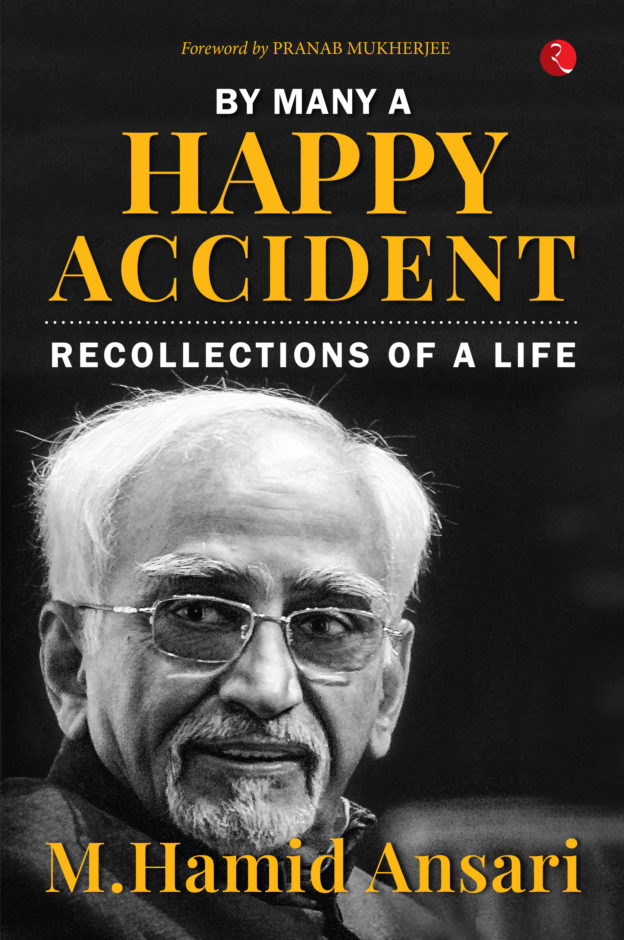The English Translation of Candayan: The Pioneer Indo-Sufi Masnavi of Maulana Daud
no information available
<p>This book is the first English translation of Candayan the pioneer work in a long tradition of Indian-Sufi love narratives. The story was adapted from an oral epic Chanaini popular in the Awadhi speaking region of north India in the fourteenth century. The early manuscripts of Candayan though composed in the Awadhi dialect were recorded in the Persian script. Each stanza-like unit is introduced by a phrase or sentences in the Persian language style making it necessary for a reader to know the Persian script and language as well as the Awadhi dialect. This somewhat limits the access to fully explore Candayan. In addition to this the esoteric interpretation which is the distinguishing feature that gives the Indian-Sufi masnavi literature its unique identity was also not yet realized. Candayan deserves to be celebrated and recognized because it marks the beginning of the indigenizing process of the masnavi in India and served as a model for this literary genre for the next 540 years. A serious study of Maulana Daud’s Candayan composed in 1379 in the reign of Firoz Shah Tughlaq did not begin until well into the twentieth century because only a few pages of its manuscript folios were discovered at a time in various academic institutions and museums around the world. Candayan is a fascinating study of the blending of the features of the Persian masnavi with the features of the Hindi premakhyan narratives and the features of the medieval Jain literature. Even today annually in the Mahakoshala region Candayan is presented in the form of drama and in the folk-song and play forms. About the Author Naseem A. Hines has taught medieval and modern Hindi literature and Urdu prose and poetry at the University of Washington Washington University in St. Louis Harvard University Boston University Wellesley College and the University of British Columbia. She lives in Seattle now where she continues to teach Sufi poetry.</p>











